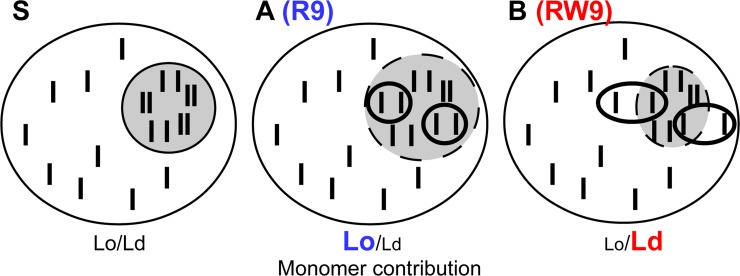Fig 8. Schematic representation of cholesterol-pyrene movements in the membrane.
A cell membrane is composed of different domains of disordered (white) and ordered (grey) character. In a starting condition (S), the cholesterol-pyrene probe (black bars) is distributed in all domains but enriched in Lo domains in which it is frequently present as dimers (multimers). If cholesterol-pyrene dimers dissociate inside the Lo domain (A), the new monomeric species would increase the Lo spectral signal contribution and consequently the Lo/Ld ratio. If the cholesterol-pyrene newly formed monomers move to an Ld domain the Ld spectral contribution increases and the Lo/Ld ratio diminishes (B). The presented experimental data suggest that R9 effect on PC membranes is well represented by the A hypothesis and that the cholesterol reorganisation induced by RW9 rather follows the hypothesis B.

